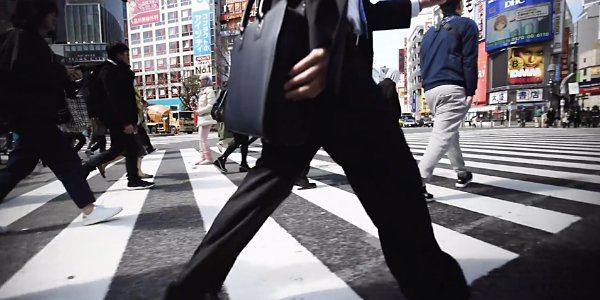The Greatest Guide To Street Photographers
Wiki Article
All about Street Photographers
Table of ContentsIndicators on Street Photographers You Should KnowAn Unbiased View of Street PhotographersThe Main Principles Of Street Photographers The Best Strategy To Use For Street PhotographersThe Main Principles Of Street Photographers
A genre of digital photography that documents daily life in a public place. The actual publicness of the setup allows the professional photographer to take candid images of unfamiliar people, usually without their understanding. Street photographers do not always have a social purpose in mind, yet they favor to isolate and record minutes which might or else go unnoticed (Street Photographers).Though he was influenced by most of those that affected the road digital photographers of the 1950s and '60s, he was not mainly interested in catching the spirit of the road. The impulse to visually document individuals in public started with 19th-century painters such as Edgar Degas, douard Manet, and Henri de Toulouse-Lautrec, who functioned side by side with photographers trying to record the essence of metropolitan life.
Due to the relatively primitive innovation readily available to him and the long exposure time needed, he battled to record the stress of the Paris streets. He trying out a collection of photo approaches, trying to find one that would enable him to catch activity without a blur, and he located some success with the calotype, patented in 1841 by William Henry Fox Talbot. As opposed to Atget, professional photographer Charles Marville was worked with by the city of Paris to develop an encyclopaedic record of Haussmann's urban planning project as it unfolded, thus old and new Paris. While the digital photographers' topic was basically the same, the results were significantly various, showing the effect of the photographer's intent on the personality of the pictures he created.
Given the great high quality of his pictures and the breadth of product, architects and artists typically acquired Atget's prints to use as recommendation for their own work, though industrial passions were hardly his major motivation. Rather, he was driven to photo every last residue of the Paris he loved. The mingled enthusiasm and seriousness of his objective sparkle through, leading to pictures that narrate his very own experience of the city, top qualities that expected street digital photography of the 20th century.
The 10-Minute Rule for Street Photographers
They disclose the city through his eyes. His job and basic understanding of digital photography as an art form functioned as inspiration to generations of photographers that adhered to. The future generation of road professional photographers, though they likely did not refer to themselves thus, was ushered in by the photojournalism of Hungarian-born photographer Andr Kertsz.Unlike his peers, Brassa used a larger-format Voigtlnder electronic camera with a much longer direct exposure time, requiring him to be a lot more calculated and thoughtful in his practice than he might have been if utilizing a Leica. (It is believed that he may not have been able to manage a Leica at that time, yet he did, however, utilize one in the late 1950s to take colour photographs.) Brassa's photos of the Paris abyss lit up by fabricated light were a revelation, and the collection of the collection that he published, (1933 ), was a significant success.
Cartier-Bresson was a champion of the Leica cam and one of the very first photographers to maximize its capacities. The Leica enabled the photographer to engage with the environments and to capture moments as they occurred. Its reasonably tiny size also assisted the digital photographer fade into the background, which was Cartier-Bresson's favored technique.
The Ultimate Guide To Street Photographers
It is due to this fundamental understanding of the art of picture taking that he is usually attributed with discovering the useful source tool throughout once again approximately a century considering that its creation. He took photos for greater than a half century and affected generations of digital photographers to trust their eye and instinct in the moment.These are the questions I will try to respond to: And then I'll leave you with my very own meaning of street photography. Yes, we do. Allow's begin with defining what an interpretation is: According to (Street Photographers) it is: "The act of specifying, or of making something certain, distinct, or clear"
No, most definitely not. The term is both limiting and misguiding. Sounds like a road photography must be photos of a roads best?! And all road professional photographers, besides a tiny number of absolute newbies, will completely appreciate that a road is not the vital component to road digital photography, and in fact if it's a picture of a road with maybe a few uninteresting individuals doing nothing of passion, that's not street photography that's a photo of a street.
See This Report on Street Photographers
He makes a legitimate factor don't you think? While I agree with him I'm not certain "honest public photography" will capture on (although I do kind of like the term "honest photography") because "street digital photography" has actually been around for a lengthy time, with many masters' names attached to it, so I believe the term is below to remain (Street Photographers).Inside?! I hear you shout as you shake your fist to the skies. Why not? You can shoot at the beach, at a festival, in an alley, in a park, in a piazza, in a coffee shop, at a gallery or art gallery, in a metro station, at an event, on a bridge, under a bridge ...

Street Photographers - An Overview

Report this wiki page